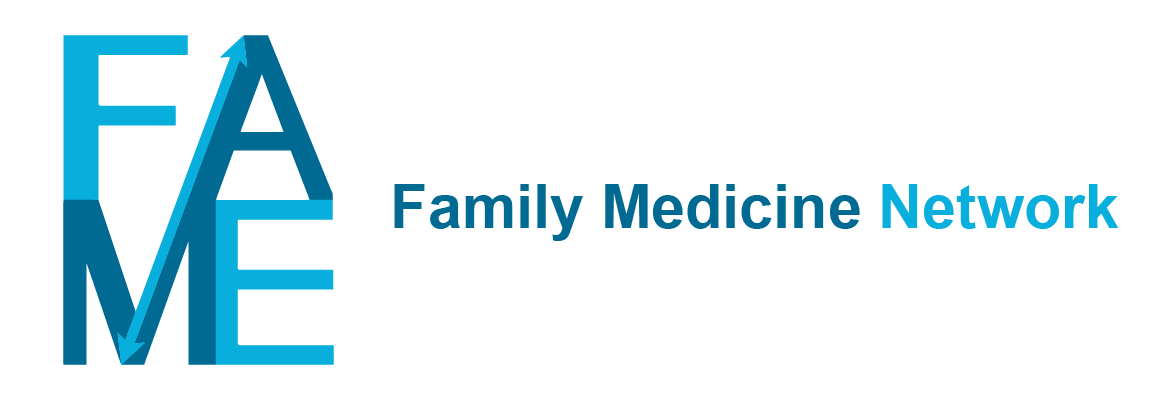This tab page shows relations between Episodes, RFEs and Interventions. Two specific interventions can be shown in detail: Prescriptions and Referrals (to primary and to secondary care). Read More
This report provides information about the relatedness between Episodes, RFEs and Interventions. Two specific interventions can be shown in detail: Prescriptions and Referrals (to primary and to secondary care). This report provides information about the relatedness between specific Episodes and RFEs. For example: which are commonly presented RFEs in episodes of pneumonia, breast cancer or infectious conjunctivitis? Or: what are common final outcomes (Episodes) of a specific RFE (e.g. RFE tiredness, dizziness, cough)? Other relations that can be shown are: common interventions, prescriptions, and referrals according to a specific Episode. Also, following an RFE of interest (e.g. abdominal pain, vaginal discharge), interventions and referrals can be shown, regardless of the final diagnosis (Episode). This gives insight in the results (outcomes) following the entrance that patients provide themselves: the RFE. This adds the patient’s perspective to the traditional ‘doctor’ or ‘diagnosis-driven’ perspective in epidemiologic data. Finally, this report provides information on common final diagnoses (Episodes) or RFEs associated with a specific intervention that occurs at initial presentation. Examples of interventions at first presentation include diagnostic imaging (*41) or blood tests (*34).
In the box ‘Select all’ you first select either Episodes or RFEs or Interventions as a variable to show output for. In the box ‘and report about the corresponding’ you can choose the other variable to show output for, following the variable you selected first. In the box ‘with ICPC code’ you select the ICPC code by entering the code or the label. After selecting the desired report, click the GO button to generate output. The “i” of this specific report provides more information on how this report is generated.

